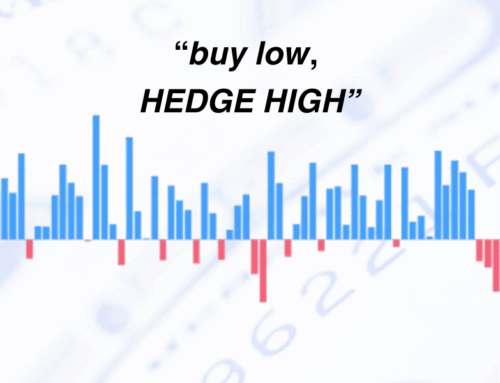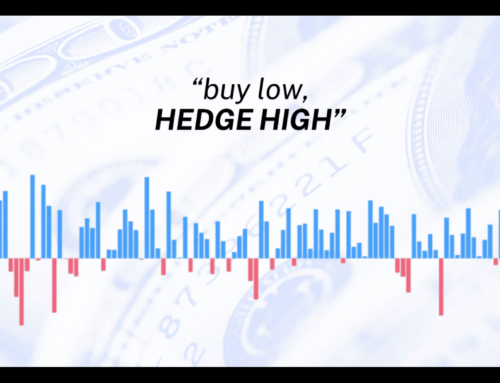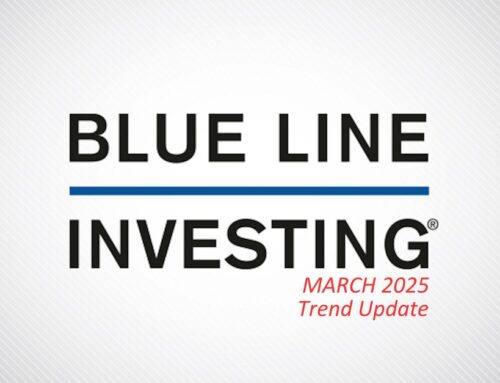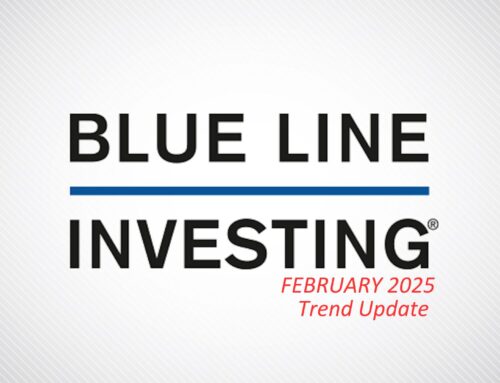Price volatility is the price all investors must pay when attempting to increase their wealth through the stock market. And while few complain about price volatility when stock prices rise, some complain, or at least become more concerned, when stock prices decline. Today I want to provide an example of how some investors can apply a protective hedge to their investment portfolios during periods when stock prices are correcting, as they have been in recent weeks.
Before continuing this article, I suggest you first read an article I wrote back in 2016 titled “Attempting to Profit From Falling Prices” that can be found here. As was highlighted in that article there are ways to attempt to profit from falling stock prices, and one particular way is by using inverse Exchange-Traded Funds (ETFs). But that article pertained to stock markets that were already in a negative primary trend. Since we currently believe the stock market continues to remain in a positive primary trend, we believe our goal should be to add a protective hedge to some of our existing investments to attempt to help limit financial losses. Here’s how we do this within our process, and if you have your own process, I believe you can do it too. Before proceeding, allow me to set the stage using technical analysis for illustration.
Look at the chart below of the Vanguard S&P 500 ETF, representing the past twelve months of price activity, courtesy of StockCharts.com.

The red arrow illustrates the point where price began to decline in earnest, or approximately $265. Within a few days price dropped 6 ½% lower to $248. But notice that on this decline price stopped just short of the gray line – a previous technical resistance and support zone that was established earlier this calendar year. When prices began to rally, our expectation – according to technical analysis – should be for prices to retrace 50% of the recent decline, which would be approximately $256.50. That number becomes our target. As it turns out, price rallied to approximately $258, a little farther than expected. But now we come to the purpose of this article – how to implement a protective hedge using inverse ETFs.
Let’s assume you own VOO in your investment portfolio. Based on the technical information observed above, if you believe that prices will soon resume their decline after the “bounce” you could add an inverse ETF, such as SH, to your portfolio that is an inverse ETF to the S&P 500 Index. By doing so, you are attempting to limit further losses on your investment in VOO without having to sell it. Look at the next chart of SH, courtesy of StockCharts.com.

This chart shows that SH performed in an almost exact opposite manner to VOO from the time of purchase. So, if you purchased SH on the “bounce,” based on some percentage of your investment in VOO, you could have effectively “hedged” some or most of your risk in VOO. This “hedge” can help you reduce or eliminate your downside price volatility depending on how much of SH you bought, and the specific price when you purchased it.
The next step will entail deciding when to sell your investment in SH, since this may not be an investment you want to own for very long. In my next article I will illustrate what we are currently monitoring to help with that decision.
Thank you for reading and please share this article with anyone you believe may find it of benefit. We hope this article helps you learn how to view the stock market from two dimensions, rather than one, and how you can take proactive action to attempt to protect some of your stock investments against declining price volatility.
Jeff Link
Disclaimers:
Blue Line Investing (BLI) is an alternative to traditional wealth management. BLI uses a disciplined, rules-based investment process to seek investment opportunities, regardless of whether financial markets are rising or falling. Based on technical analysis research, the process applies trend-following using specific Exponential Moving Averages (EMAs) of the market along with other technical indicators. A moving average is a widely used indicator in technical analysis that helps smooth out past price action by filtering out the “noise” from random price fluctuations. EMA’s can be calculated for any time period. Some examples include the 5 day EMA; 50 day EMA; and 150 day EMA. We have attempted to simplify this by calling the various EMAs we use in our process the “Blue”, “Purple” and “Green” lines.
Technical analysis is a method of evaluating securities by analyzing statistics generated by market activity, such as past prices and volumes. Technical analysis attempts to predict a future stock price or direction based on market trends. The assumption is that the market follows discernible patterns and if these patterns can be identified then a prediction can be made. The risk is that markets may not always follow patterns. There are certain limitations to technical analysis research, such as the calculation results being impacted by changes in security price during periods of market volatility. Technical analysis is one of many indicators that may be used to analyze market data for investing purposes and should not be considered a guaranteed prediction of market activity. The opinions expressed are those of Blue Line Investing. The opinions referenced are as of the date of publication and are subject to change without notice. Blue Line Investing reserves the right to modify its current investment strategies based on changing market dynamics or client needs.
Past performance is not indicative of future results. This material is not financial advice or an offer to sell any product. The information contained herein should not be considered a recommendation to purchase or sell any particular security. This information is intended for educational purposes only and should not be considered financial advice. It should not be assumed that the investment recommendations or decisions we make in the future will be profitable or will equal the investment performance of the securities discussed herein. Forward looking statements cannot be guaranteed.
Advisory services offered through Gordon Asset Management, LLC (GAM). GAM is an SEC-registered investment adviser. Registration does not imply a certain level or skill or training. More information about the advisor, its investment strategies and objectives, is included in the firm’s Form ADV Part 2, which can be obtained, at no charge, by calling (866) 216-1920. The principle office of Gordon Asset Management, LLC is located at 1007 Slater Road, Suite 200, Durham, North Carolina, 27703.




